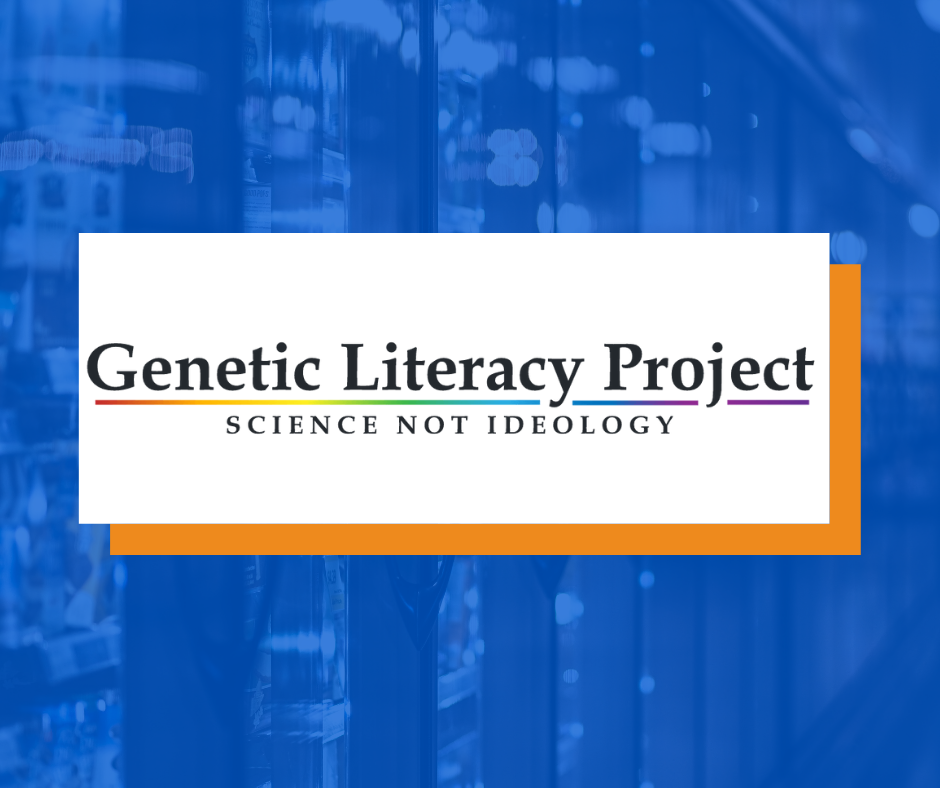In many ways, various governments have passed regulations with a “one size fits all” mentality. More often than not, however, this approach wrongly limits consumer choice, and more importantly creates tremendous externalities which are often left unaddressed. Our goal is to highlight instances where the “one size fits all” approach has failed consumers and explain why.
Concern over glyphosate in food has become a major topic the last couple of years and has gained a lot of media attention in a recent study where they found that organic beers and wines contained small traces of glyphosate – a pre-harvest herbicide and harvest aid used on cereal crops like wheat, oats and vegetable seed oils like canola and sunflower. However, the U.S. Environmental Protection Agency’s safety limit for glyphosate is 100 times greater than the amounts found in the beer and wine samples, and thus, the risk of human contamination is extremely low.Nevertheless, policymakers want to ban glyphosate which would reduce crop yields and make beer and wine even more expensive.
You probably heard about the “Beepocalypse” – the catastrophic scenario in which declining honeybee population is caused by pesticides. However, honeybees aren’t actually declining but increasing. Occasional reductions in honeybee populations are multifactorial, but varrora mites and the viruses they carry are likely the leading drivers, nutrition being another big factor. According to a USDA bee researcher: “If there’s a top ten list of what’s killing honey bee colonies, I’d put pesticides at number 11″. By creating a “one size fits all” regulation and thus banning pesticides, policymakers could make the mite problem worse which would actually harm honey bee colonies instead of protecting them.
Read more here



